
Agriculture
January 11, 2024
Decentralized Wastewater Treatment Systems (DEWATS)
Read SolutionImplemented by
BORDA
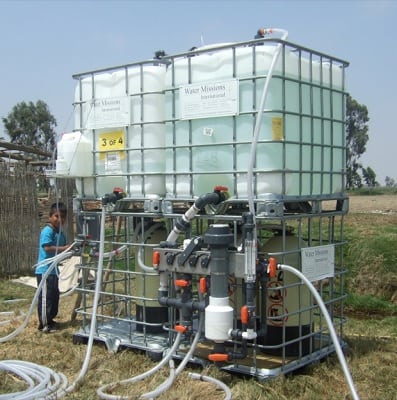
Updated on January 16, 2024
·Created on August 27, 2015
A small-scale water treatment unit that can produce 10 gallons of clean water per minute.
The Living Water™ Treatment System (LWTS™) is a small-scale water treatment plant. Similarly to municipal treatment facilities in developed countries, this unit relies on filtration and chemical disinfection for production of safe drinking water. Filtration physically removes particulate and bacteriological contaminants, while chemical disinfection neutralizes any remaining pathogens and ensures the treated water is safe to drink. When operated properly, the LWTS™ will provide a community with safe drinking water for many years.
Target SDGs
SDG 6: Clean Water and Sanitation
SDG 7: Affordable and Clean Energy
Market Suggested Retail Price
$7,402.25
Target Users (Target Impact Group)
Household, Community
Distributors / Implementing Organizations
Water Missions International partners with aid organizations to deliver their treatment system directly to areas in need of relief. Full list of partners available here.
Competitive Landscape
Direct competitors include SolarPure UF, GravityPure UF, and SunSpring Hybrid.
Countries
Afghanistan, Bangladesh, Belize, Bolivia, Burkina Faso, Burma, Burundi, Cambodia, Cameroon, China, Congo (Kinshasa), Cook Islands, Cuba, Dominican Republic, Ecuador, El Salvador, Ethiopia, Ghana, Grenada, Guam, Guatemala, Haiti, Honduras, India, Indonesia, Iraq, Kenya, Liberia, Malawi, Mexico, Mozambique, Nepal, Nicaragua, Nigeria, Pakistan, Peru, Philippines, Romania, Rwanda, Saint Lucia, Sierra Leone, South Sudan, Sri Lanka, Tanzania, Thailand, Togo, Turkey, Uganda, United States, Zambia, Zimbabwe
Manufacturing/Building Method
Mass produced, especially during disaster relief.
Intellectural Property Type
Patent
User Provision Model
This product is purchased by Water Missions International's partner organizations and implemented in disaster relief programs.
Shipping: 12 units / 12.2m container or 2 units / military air cargo pallet.
Distributions to Date Status
1,500
Description of the combined methods
Coagulation, Filtration, Disinfection
Manufacturer-specified water treatment rate (L/hr)
2,082 L/hr
Bacteria reduction
6 log
Virus reduction
4 log
Protozoa reduction
4 log
Heavy metals and/or arsenic reduction
Unknown
Maximum recommended influent turbidity level (NTU)
Unknown
Effluent turbidity levels (NTU)
<1 NTU
Safe water storage capacity (L)
1041 L
Manufacturer-specified lifetime volume (L)
Unknown
Consumables
Chlorine, alum
Design Specifications
The system is comprised of three cages, with dimensions 122 x 102 x 117 cm, weighing 730 kg each. They are as follows:
Cage 1 (Filtration System): Primary and secondary back-washable filters, Chlorinator with test strips for monitoring
Cage 2 (Support Equipment): Surface or submersible pump, Operating supplies for one year, Assembly and maintenance tools, Assembly and operational manuals
Cage 3 (Water Tank): 275-gallon storage tank for filtered water
The system can be powered with a diesel-powered generator or solar panels:
Diesel-Powered Generator: 6 kW generators available in both 50 Hz and 60 Hz, Operating cost estimate is $2.56 per 1,000 gallons, Fuel tank and replacement fuel filters included.
Solar Panels: Operating cost estimate is $0.16 per 1,000 gallons.
Technical Support
Water Missions International will train and equip local personnel to manage the LWTS after Water Missions International leaves the community.
Replacement Components
Support and spare parts available from locally trained personnel.
Lifecycle
System should be operational for up to 20 years. No warranty or disposal information included. Interview with representative
Manufacturer Specified Performance Parameters
Each system can serve a community of about 3,000 people, treating 10 gallons/minute, up to 10,000 gallons per day. The manufactures specify that the system can be setup in less than an hour and can be operational in three hours.
Vetted Performance Status
Unknown
Safety
The system aims to provide safe drinking water, but if the system malfunctions and one of the operations of the treatment system does not properly treat the water, the resulting water may be unsafe to drink/use.
Complementary Technical Systems
The treatment system can be used in combination with oxidation to remove iron and manganese from boreholes.
Academic Research and References
Water Missions International publishes their research findings in journals. Papers/Posters/Presentations can be found here.
“Countries Lacking Clean Water,” Water Mission, 25-Aug-2015. Available: https://watermission.org/our-solutions/where-we-work/
“Partners to End the Global Water Crisis,” Water Mission, 31-Mar-2022. Available: https://watermission.org/about-us/our-partners/
Goal 6. (n.d.). Sdgs.un.org. Available: https://sdgs.un.org/goals/goal6
“Living WaterTM Treatment System,” Water Mission, 25-Aug-2015. Available: https://watermission.org/wp-content/uploads/2015/11/Living-Water-Treatment-System.pdf
“Community Development,” Water Mission, 25-Aug-2015. Available: https://watermission.org/our-solutions/when-we-work/community-development/
“Research: WASH Publications, Solar Technology, & More,” Water Mission, 21-Sep-2016. Available: https://watermission.org/research/
Compliance with regulations
Water quality is produced to WHO bacteria removal guidelines
Evaluation methods
Water Missions International conducts routine monitoring of field activities, remote monitoring of water supply systems, evaluation of project performance data through an online management platform, and focused impact studies.
Other Information
Informational video about Living Water Treatment System.

Agriculture
January 11, 2024
Implemented by
BORDA
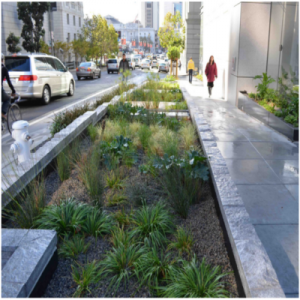
Agriculture
January 12, 2024
Implemented by
Living Machine Systems, L3C
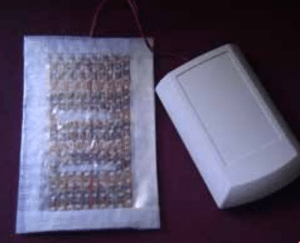
Agriculture
March 1, 2024
Implemented by
Infantrust Parenting Solutions
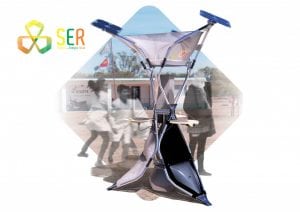
Agriculture
December 10, 2024
Implemented by
Box Synergy
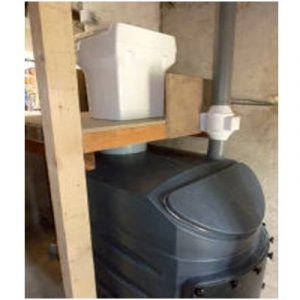
Agriculture
December 18, 2023
Implemented by
Clivus Multrum
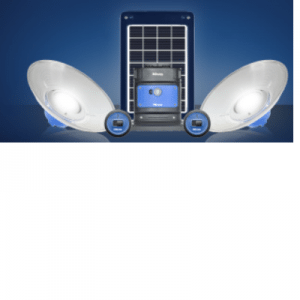
Agriculture
January 10, 2024
Implemented by
Niwa

Agriculture
January 25, 2024
Implemented by
RoadPower Inc
Agriculture
February 4, 2024
Implemented by
Tank Connection
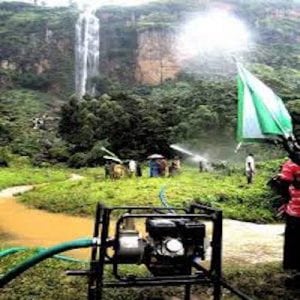
Agriculture
August 29, 2024
Implemented by
Agriworks
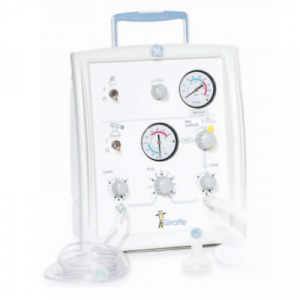
Agriculture
November 22, 2023
Implemented by
GE (General Electric)
Have thoughts on how we can improve?
Give Us Feedback
It’s great they mention field testing and identify their partner. Would be great to have more information about the field testing. Field testing can mean a process through which user needs are truly identified at a time in the design process when they can be acted upon, or it can mean cursory testing late in the game merely to give the appearance of user input on a product which is basically complete.
GENERAL:
– “Protozoan removed” should be changed to “protozoan cysts removed”
– References for the bacteria, virus, and protozoan cyst removal would be helpful.
– “End of Life Indicator” is formatted differently here. One says “N” and one says “No.” Similarly, some say “logs” in the organism removal row, and some just list a number.
LIVING WATER:
– For turbidity, this document (https://watermission.org/wp… claims that treated water is always <1 NTU.
– I question whether there is “high” academic research about this. The website has many links to posters, but these are overall not high quality studies.
ROAM FILTER:
– Listing “0” for unfiltered water and safe water storage capacity is a little odd. I think that should be changed to N/A if it is not provided.
DAY ONE WATERBAG:
– “User provision model” lists direct sales, however, further down, the pricing lists only “Donation only.” That is unclear.
– It seems unrealistic that a target user would be a community. This seems like more of an individual or household intervention.
– There is quite a bit of academic research about the P&G Purifier of Water packet – although not this configuration of it.